Alexander Augustus and Seung youn Lee. 4 sculptures (1mx1m, 1mx1m, 75cmx1m, 1mx1m), Steel. Installation on the roof of ZK/U Berlin, Germany.
"The Birds Who Stayed"
Every Spring little sparrows hatch from the roof of The Centre of Arts and Urbanistics (ZK/U Berlin) and learn to fly. Many of these fail to take flight and fall to their deaths on the pavement in front of the residents' doors. I tried to save the life of several of these badly injured birds, but they were never destined to cross the threshold over the gates and out of the terrace. As a former West German train station, ZK/U hosted East Germans working to load and offload goods. They never took the opportunity to escape across the boundary into West Germany. Birds cannot imagine the borders which humans do. As a tribute to those who never cross boundaries, I have installed two 1m x 1m steel birds, which I illustrated from the little sparrows I tried to nurse back to health. They are a symbol of borders never crossed.
두 가지 다른 경계에 관한 이야기
The Birds who stayed"
ZK/U는 기차역을 개조한 레지던시로 과거 분단시절 서베를린에 위치한 지역이었지만 동독사람들이 근무한 특이한 곳이었다. 그들은 마음만 먹으면 쉽게 서독으로 넘어갈 수 있었지만 그들의 사회시스템에 강한 믿음이 있었기에 경계를 넘지 않았다. 그리고 2017년 봄, 이곳에선 여름철 나는것을 연습하다 떨어져 죽은 많은 아기새들을 발견했다. 이곳을 떠나지 못하고 떨어져 죽은 아기새의 모습에서 과거 이곳에서 근무한, 경계를 넘지 않은 동독사람들을 떠올린다.
"The Birds Who Left"
In North Korea the Woodpecker is a bird which does not migrate to other countries in the Winter, but stays in the area of Hamheum through the year. We can imagine how difficult it would be for this bird to move if it was forced to, and this is how Seung youn Lee reflects on her grandmother's forced departure from North Korea, to South Korea. The woodpecker therefore became a symbol of Seung youn's Grandmother, and of all refugees who are forced to migrate during difficult periods. We have installed two woodpeckers observing each other on the chimney of ZK/U. And on the other chimney in the silhouette of Seung youn's Grandmother with a crane, her favourite bird and a bird which represents family and togetherness.
"The Birds Who Left"
“바로 다시 돌아갈 줄 알았지!” 함흥이 고향인 우리 할머니는 다시 돌아갈 수 없는 경계를 자신도 모르는 새 넘어버렸다. 할머니는 피난을 떠날 때 곧 돌아갈 거라 생각했다. 할머니 의지와 상관없이 생긴 경계는 수십년이 지났지만 여전히 건재하다. 경계를 넘어 온 할머니에게서 두루미와 크낙새를 떠올렸다. 새에겐 경계가 없다. 작은 굴뚝위에 올라간 작품은 할머니가 경계를 넘어온 시절을 상상하며 그린 작품이다. 꽃이 피어나는 왕관이다. 왕관 제일 꼭대기에는 두루미 한마리가 있다. 두루미는 막 꽃 왕관의 중앙을 넘어서고 있다. 할머니가 제일 좋아하는 새, 또 가족단위로 이동하는 유일한 새가 두루미다. 동생을 남겨두고 넘어온 할머니가 두루미 같았다. 동생을 남기고 온, 고향을 등지고 온 두루미가 얼마나 고생을 했을까. 두루미는 경계를 막 넘어가는 중이다. 몸은 이미 한쪽으로 쏠린 상태이지만 고개를 돌려 뒤를 바라본다. 큰 굴뚝위에 올라간 서로 마주보고 있는 크낙새 또한 마찬가지다. 크낙새는 북한 함흥에서 주로 거주하는 텃새로 이동을 하지 않는다. 그러나 그 텃새가 이동해 다른곳에 자리를 잡는동안 얼마나 힘들었을지 상상했다. 두루미와 크낙새 역시 막 경계를 넘어온 방향을 서로 바라보고있다. 돌아가고 싶은건 아니다. 왜냐하면 그녀의 삶, 할머니의 삶은 이미 이곳에 있기 때문이다. 굴뚝에 설치된 이 설치작품은 함흥에서 온 내 할머니이자 분단된 나라에서 북한을 고향으로 둔 많은 이들의 모습이다. 베를린 사람들에겐 수십년 전 동서독 분단시절을 상기시킬 것이다. 그리고 이곳 공원에서 뛰어노는 이민자들, 난민 어린이들을 상징하기도 한다. 비가 좀 그치면 공원에서 뛰어노는 시리아 아이들에게 할머니 얘기를 해주고 싶다. 우리 할머니나 너희들이나 이유가 무엇이건 경계를 넘었구나. 쉽지 않겠지만 경계 또는 국경을 넘은 너희들이 예쁘게 자라기를 기도하겠다고. 할머니와 크낙새, 두루미는 경계를 넘어 온 모든 사람들의 상징일 지도 모른다.
